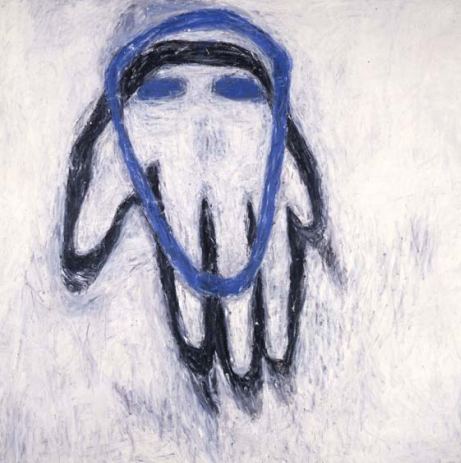 Jean-Michel Basquiat and Keith Haring
Jean-Michel Basquiat and Keith Haring
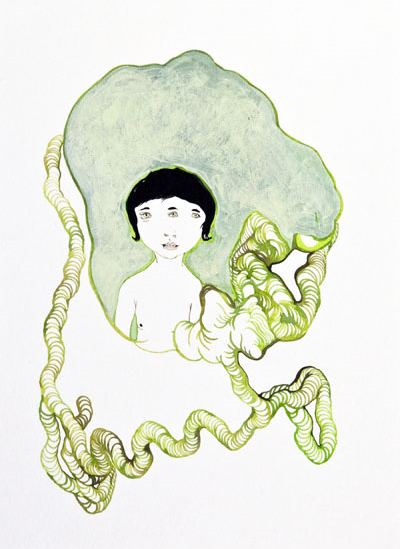
Regina Hackett takes her Art to Go
Hiking along the Nooksack River in the Cascade Range around Mount Baker, Claude Zervas began to focus on campsites filled with burnt evidence of previous habitation.
One he carried home in his truck, rocks and all. Besides the usual shotgun shells, it contained the charred remains of an upholstered chair. Who burns a chair in a forest? Somebody too drunk to forage, too wet to plow.
Most of the camps Zervas saw were well made, dug deep and surrounded by rocks, but scattered like chickenpox scars on a lovely face, their careful construction could suggest that human damage can be contained in a pit, and that scars don’t affect the whole.
Claude Zervas, Black Hole, 2009
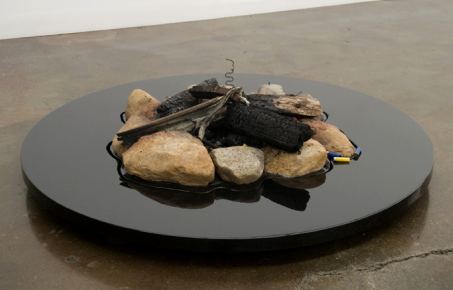 What is constructed, found and constructed again is the theme of From Whence The Rainbow Came at Ambach & Rice, featuring four of the Northwest’s top artists: Zervas, Joseph Park, Dan Webb and Jeffry Mitchell. It’s the best group show in a Seattle gallery in years, proposed and shaped by the artists themselves.
What is constructed, found and constructed again is the theme of From Whence The Rainbow Came at Ambach & Rice, featuring four of the Northwest’s top artists: Zervas, Joseph Park, Dan Webb and Jeffry Mitchell. It’s the best group show in a Seattle gallery in years, proposed and shaped by the artists themselves.
R. Allen Jensen allows a rare (to me) sighting of his work on Oct. 2, when he opens at the Smith & Valley Smith & Vallee Gallery in Edison, with a reception for the artist Oct. 3, 5-8.
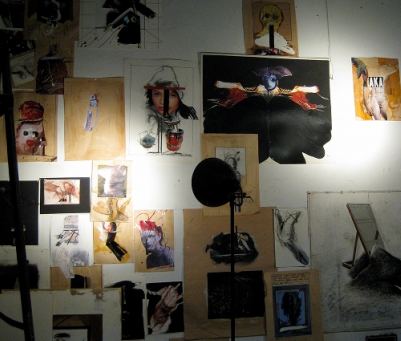 Jensen has been making his deformed scarecrows, ruined collages, deft drawings and ornately framed assemblages for more than 40 years. His paintings are scores for a disaster, giving mourning a shape and sealing it into art. Writing about Jensen’s work in 1969, Tom Robbins (then an art critic), put his finger on the strengths of it, that it has “lyric subtlety” and “pictorial breath” while also being “brutalized, ugly and blatantly erotic.”
Jensen has been making his deformed scarecrows, ruined collages, deft drawings and ornately framed assemblages for more than 40 years. His paintings are scores for a disaster, giving mourning a shape and sealing it into art. Writing about Jensen’s work in 1969, Tom Robbins (then an art critic), put his finger on the strengths of it, that it has “lyric subtlety” and “pictorial breath” while also being “brutalized, ugly and blatantly erotic.”
(Photo, Harold Hollingsworth)
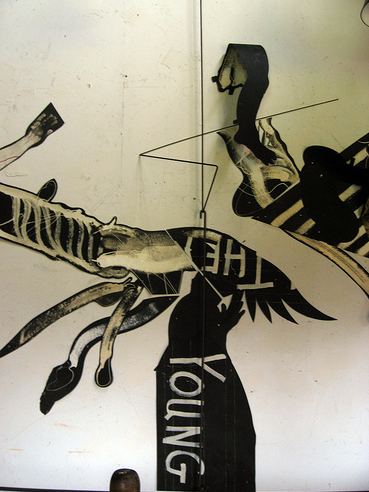 Brutalized, ugly and erotic are good words to describe Jensen’s nuclear scarecrows. His spindly grotesques have some of the power that gargoyles perched on the entryway ledges of cathedrals must have had for the medieval faithful. They are genuinely frightening.
Brutalized, ugly and erotic are good words to describe Jensen’s nuclear scarecrows. His spindly grotesques have some of the power that gargoyles perched on the entryway ledges of cathedrals must have had for the medieval faithful. They are genuinely frightening.
His assemblage drawings bring unimagined levels of delicacy to the horror of Jensen’s position.
(Photo, Harold Hollingsworth)
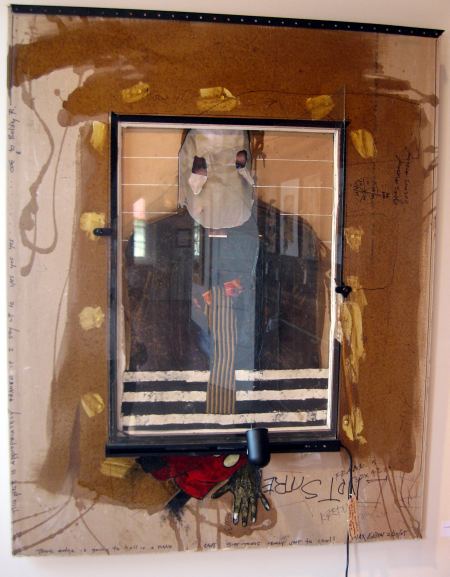 Death delicately done becomes a minuet, and the clatter of teacups reminds us of the razor’s edge. Hollingsworth, a former student, wrote this appreciation in 2006.
Death delicately done becomes a minuet, and the clatter of teacups reminds us of the razor’s edge. Hollingsworth, a former student, wrote this appreciation in 2006.
Makes pillows:
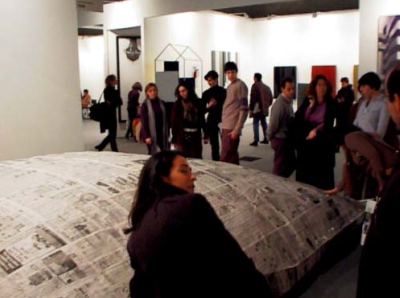
Jeff DeGolier, Two Skies with a Hole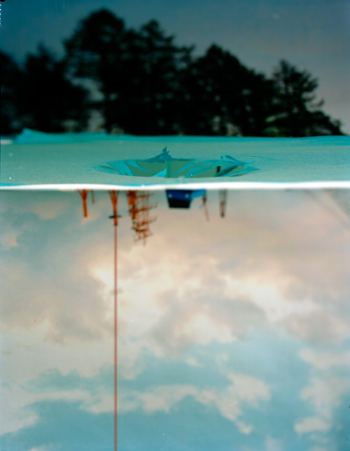 Ford Gilbreath, Duwamish River
Ford Gilbreath, Duwamish River
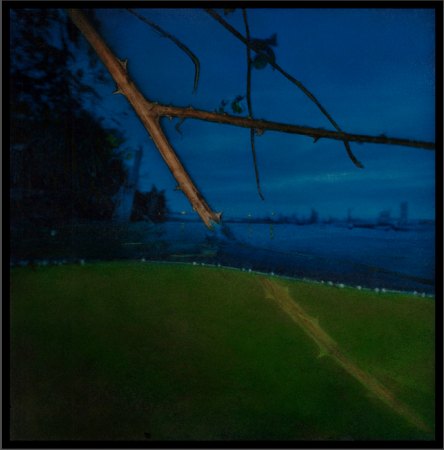
Kader Attia, still from video Aftermath.

Attia opens Sept. 21 at Galerie Christian Nagel. On Nov. 3, Comedy of Change premieres in London, featuring the Rambert Dance Company. The piece is inspired by the thinking of Charles Dawrin, and Attia served as its artistic designer.
Attia denies that he is a provocateur.
The
word provocative has spectacular implications. I
believe only in poetry.
And I believe in him.
an ArtsJournal blog


